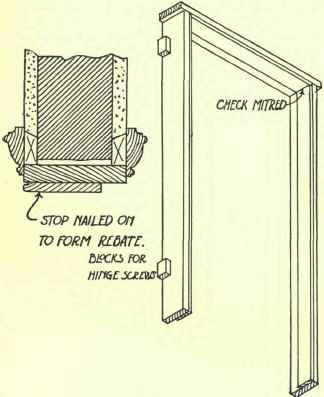I have a joiner coming to fit new door casings. I’ve sourced the timber I’ve gone for 20mm thickness.
Is that ok? I’ve seen the kits and rebated kits are bit thicker. Just wondered as they only had 20mm and 32mm timber at the place I went to.
Thanks.
Is that ok? I’ve seen the kits and rebated kits are bit thicker. Just wondered as they only had 20mm and 32mm timber at the place I went to.
Thanks.


